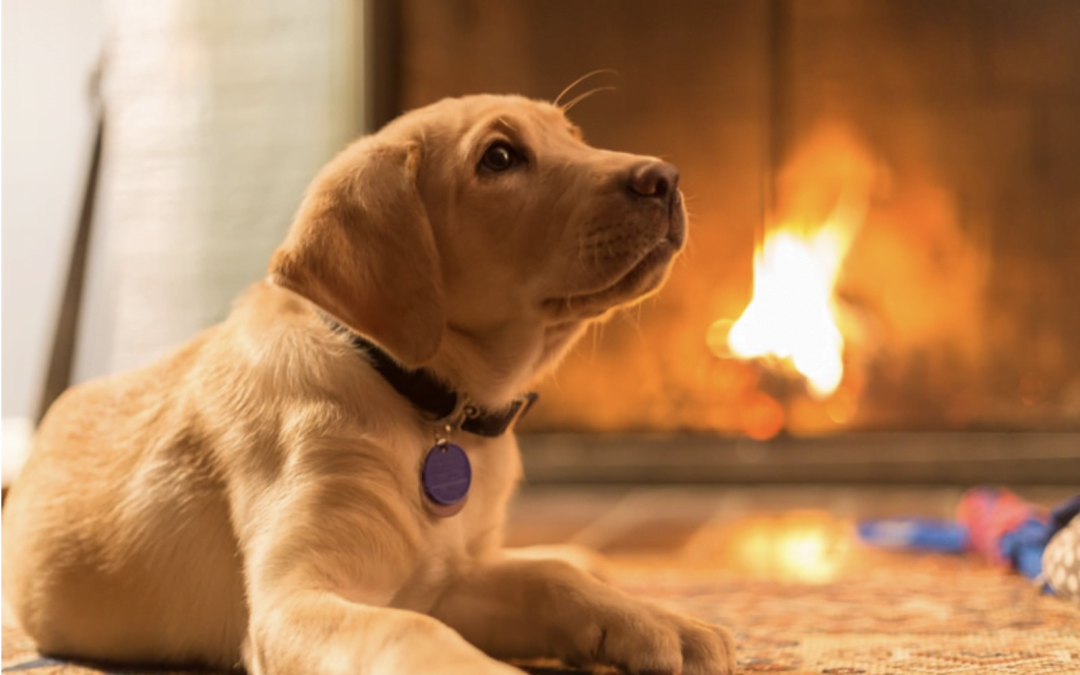- Be proactive about safety. Before you get a pet, check your home for fire hazards and address them. If you have an open fireplace, invest in a screen to help keep pets away from that area. Don’t use candles or wax warmers with an open flame. If your kitchen stove has knobs that pets can reach, invest in childproof covers to keep them from accidentally being turned on. When away from the home, secure young pets to keep them from potential hazards by crating them or using a baby gate to keep them confined to a safe area of your home.
- Keep your pet away from hazards. Pets are curious! When you’re cooking, all the food smells coming from the kitchen might be too much for them. Keep your pets away from cooking areas, especially when using appliances.
- Have an evacuation plan. We don’t get to choose when emergencies happen! Be prepared by planning in advance how you evacuate the home with your pets if something happens. Practice your plan and make sure everyone in the home knows it.
- Make sure first responders know you have animals. A pet alert sign or sticker near your front door or on a front window is a great way to let first responders know that there are animals inside. You can get these free from the ASPCA. This can help first responders stay safe and know what to look for as well. If you crate your pets, keep the crate near an entrance so they are easy to spot in an emergency.
- Be prepared. Keep your smoke detectors in functioning condition and make sure there’s one in each room of your home. Consider microchipping your pet or using a wifi collar in case they get loose during an emergency.
- Know your local animal hospitals. Keep your vet’s number saved in your phone, along with the number for a local animal hospital that has emergency hours.
- Know your pets’ hiding places. In an emergency, your pet may be scared and try to hide. Knowing their go-to spots can save precious time for you and first responders.
- Keep an eye on your pet after a fire. Watch your pet closely after a fire. Pay attention to their breathing. If they appear to be lethargic, since that can be a sign of smoke inhalation.

